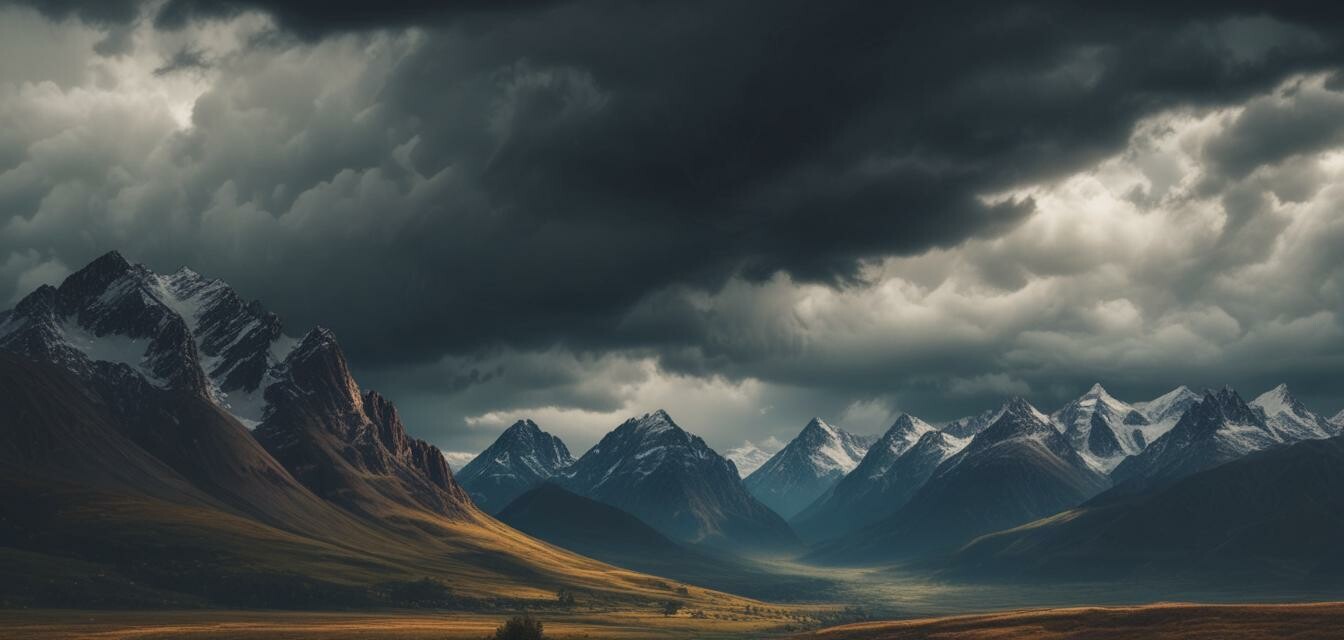
As an Amazon Associate, I earn from any qualifying purchases, at No Extra Cost to You.
How weather affects backpacking photography
Key Takeaways
- Different weather conditions offer unique photography opportunities.
- Lighting plays a crucial role in capturing stunning backpacking photos.
- Adapting your gear and techniques can enhance your photography results.
- Weather can drastically alter the mood and emotion in your photos.
- Preparation is essential for successful outdoor photography.
Backpacking often takes you deep into nature, where the environment can be unpredictable. This unpredictability extends to your photography as well. Understanding how different weather conditions affect your shots can be the difference between a stunning image and an underwhelming one. In this article, we will explore how various weather conditions impact backpacking photography and share tips for adapting to these elements for breathtaking images.
How different weather conditions affect photography
| Weather Condition | Effect on Photography | Tips for Capturing Great Shots |
|---|---|---|
| Sunny | Bright lighting can create harsh shadows and overexposed images. | Use reflectors or diffusers. Shoot early or late for softer light. |
| Cloudy | Provides even lighting, reducing harsh shadows. | Focus on colors and textures, as the light is softer. |
| Rainy | Creates moody, atmospheric photos with unique lighting. | Use waterproof gear and capture reflections in puddles. |
| Foggy | Adds depth and a sense of mystery; distant objects may disappear. | Make use of leading lines and focus on nearby subjects. |
| Windy | Can make it challenging to stabilize your camera. | Look for sheltered spots and use a fast shutter speed. |
| Snowy | Bright reflections can wash out colors; it can look magical. | Adjust exposure compensation to retain details in the snow. |
Lighting considerations
Lighting significantly influences the quality of your photographs. Here’s how some weather elements provide distinct lighting opportunities:
- Golden hour: The hour after sunrise and before sunset provides warm and soft light, perfect for landscapes.
- Overcast skies: Diffused light from clouds offers a natural softbox effect, ideal for capturing colors and details.
- Stormy weather: Contrast between light and dark clouds can create drama in your images.
Adapting your gear for weather changes
Carrying the right gear can make or break your ability to take great photos in changing weather. Here are some essential tips:
Beginner’s tips for backpacking photography
- Always pack weather-resistant gear.
- Use lens hoods to prevent glare from unexpected light.
- Keep extra batteries warm, as cold can deplete them quickly.
- Consider bringing a tripod for stability during low-light conditions.
- Have a dry bag to protect your gear from rain and moisture.
Creative techniques for adverse weather
Adverse weather can indeed be a photographer's friend. Here are some creative techniques to enhance your shots:
- Embrace the gloom: Use dreary skies to create atmospheric, moody shots.
- Look for unique foreground subjects during storms (e.g., wet branches or rocks).
- Experiment with reflections during rainy conditions.
- Explore black and white photography to capture textures in snowy landscapes.
The importance of planning
Preparation is key to successful backpacking photography. Before heading out, consider:
- Checking the weather forecast for upcoming conditions.
- Planning your routes to offer the best chances for varied photography.
- Utilizing apps that provide sunset and sunrise times to maximize golden hour opportunities.
Examples of weather effects on photography
“The best thing about photography is that it captures a moment in time that can never be replicated.” - Anonymous
As you venture into the wilderness, every changing weather condition presents new opportunities for capturing stunning photographs that tell the story of your outdoor adventure. Embrace the elements, adapt your techniques, and let nature inspire your creativity.
Pros
- Capable of capturing unique shots with varied lighting conditions.
- Weather changes can enhance the atmosphere of your photos.
- Different seasons provide diverse landscapes to photograph.
Cons
- Unpredictable weather can lead to missed photographic opportunities.
- Harsh conditions may damage equipment if not prepared.
- Some weather can hinder accessibility to beautiful sites.
Conclusion
Weather significantly affects backpacking photography, both positively and negatively. By understanding how different conditions impact your shots, preparing your gear, and adapting your techniques, you can capture incredible images regardless of the environment you find yourself in. For more great tips on gear and preparation for your backpacking trips, be sure to check out our buying guides, and discover the best products tailored for outdoor enthusiasts.
